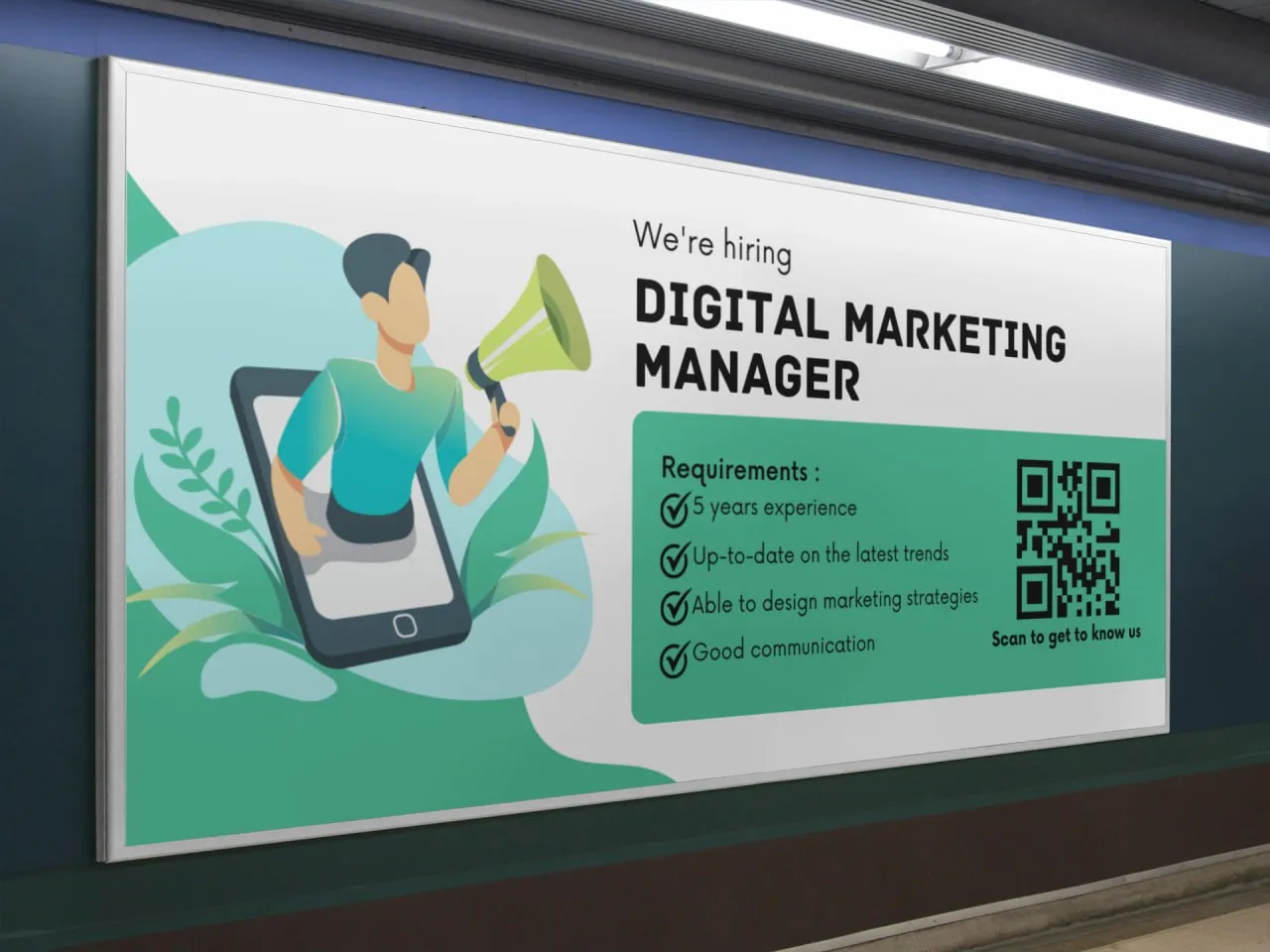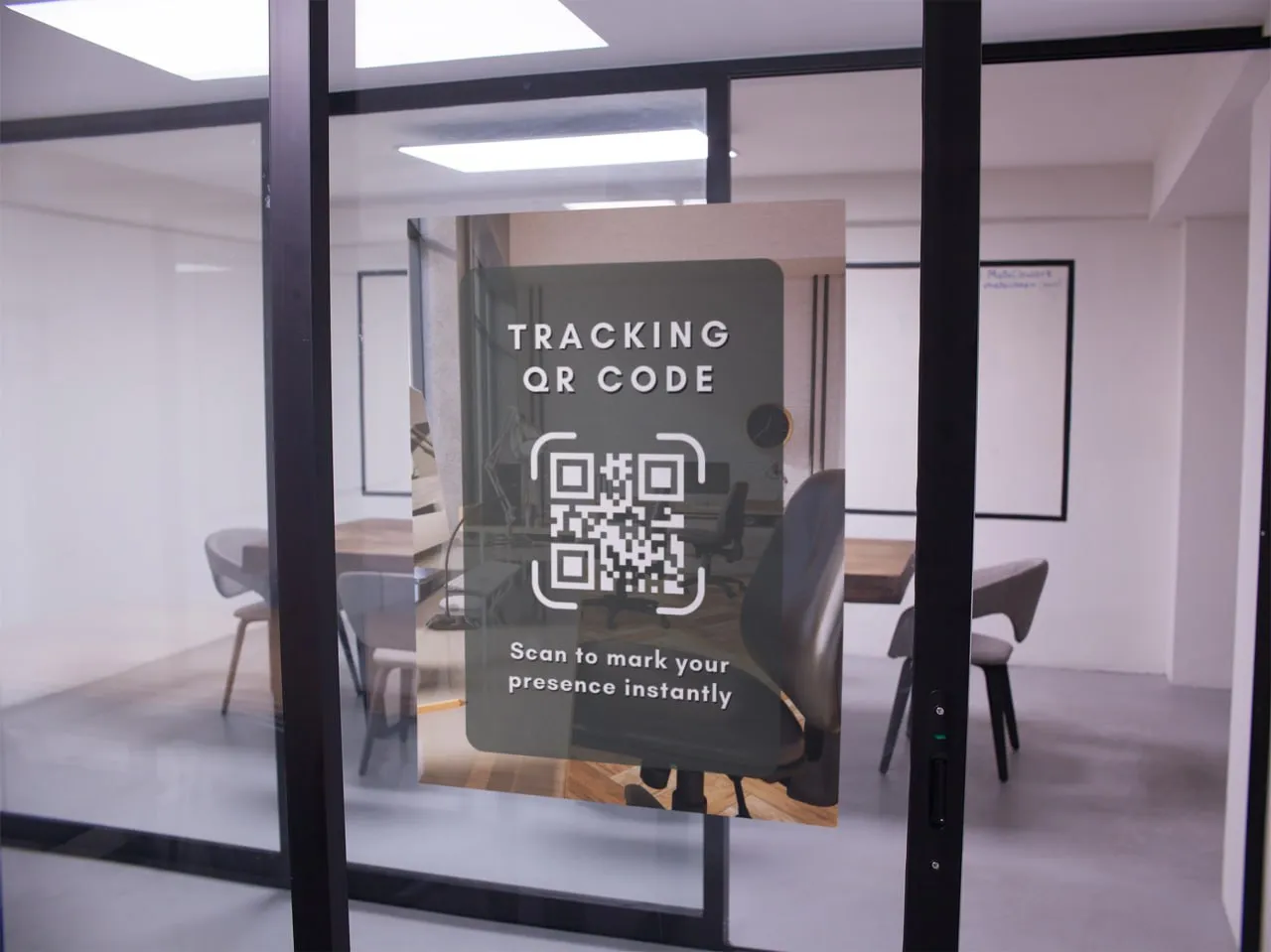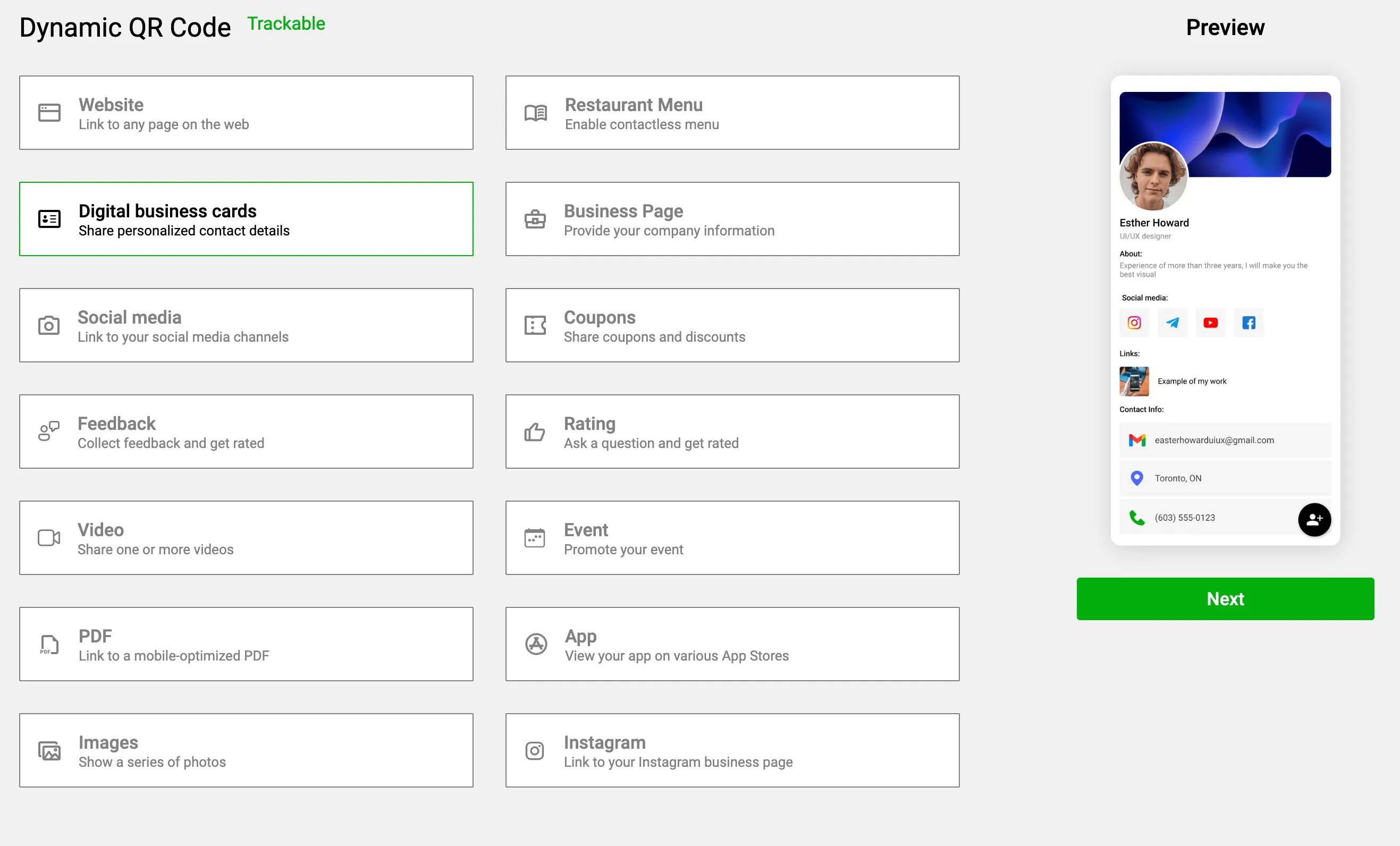

Table of Contents
1.
The Power of QR Codes in Modern HR Management
2.
Enhancing Employee Onboarding with QR Codes
3.
Simplifying Time and Attendance Tracking
4.
QR Codes: Bridging Communication Gaps
5.
Empowering Employee Self-Service
6.
QR Codes and Training Initiatives
7.
Revolutionizing Feedback and Performance Reviews
8.
Gamification of Employee Engagement
9.
QR Codes in Health and Wellness Programs
10.
Efficient Resource Allocation with QR Codes
11.
Enhancing Exit Interviews and Offboarding
12.
Future Trends: QR Codes in HR Analytics
13.
Use cases: QR code generator for HR
14.
How to create an HR QR code using a QR code generator Link to QR (L2QR)
15.
Benefits of Using HR QR Codes
The Power of QR Codes in Modern HR Management
In today's dynamic business landscape, technology is reshaping how Human Resources (HR) functions operate. One technological innovation that has gained prominence is the Quick Response (QR) code. Originally designed for inventory tracking, QR codes are now revolutionizing HR management, enhancing productivity, and fostering efficient communication within organizations.
In this comprehensive exploration, we delve into 11 impactful ways QR codes are transforming HR practices and contributing to a seamless productivity flow.
1. Enhancing Employee Onboarding with QR Codes
Traditional employee onboarding can be an arduous process for both new hires and HR teams. QR codes are simplifying this process by providing instant access to crucial resources. These codes link to training materials, company policies, and essential orientation content. By utilizing QR codes, HR departments accelerate onboarding, ensuring new employees are well-equipped and swiftly integrated into the company's ethos.2. Simplifying Time and Attendance Tracking
Efficient time and attendance tracking are critical for managing a productive workforce. QR codes offer a streamlined solution, allowing employees to easily log their work hours. This digital approach minimizes manual data entry, reduces administrative burdens, and enhances accuracy. HR personnel can redirect their efforts towards strategic initiatives that drive overall productivity.
3. QR Codes: Bridging Communication Gaps
Effective communication is the backbone of a thriving workplace. QR codes serve as a bridge between HR departments and employees, facilitating seamless information sharing. By embedding QR codes in internal communications, organizations ensure that employees remain informed about updates, policy changes, and important announcements. This real-time communication cultivates engagement and a sense of belonging.
4. Empowering Employee Self-Service
Empowering employees with easy access to their personal information is a hallmark of modern HR practices. QR codes enable self-service options, granting employees access to pay stubs, benefits details, and more. This empowerment not only fosters transparency but also reduces the workload on HR professionals, allowing them to focus on strategic functions.

5. QR Codes and Training Initiatives
Continual learning is pivotal for employee growth. QR codes play a role in enriching training initiatives by providing quick access to video tutorials, online courses, and skill development resources. This approach nurtures a culture of learning and equips employees with tools to enhance their skills, leading to increased productivity and job satisfaction.
6. Revolutionizing Feedback and Performance Reviews
Feedback is instrumental in shaping employee performance and development. QR codes facilitate real-time feedback collection from employees, transforming the traditional performance review process. This dynamic approach enhances employee engagement and improves the feedback loop between management and staff.
7. Gamification of Employee Engagement
Gamification has emerged as a potent tool for boosting employee engagement. QR codes can be integrated into gamified activities, turning mundane tasks into exciting challenges. Whether through quizzes, contests, or team-building exercises, QR codes inject an element of fun, fostering camaraderie and motivating employees.
8. QR Codes in Health and Wellness Programs
Employee well-being is a top priority for organizations aiming to maintain a healthy workforce. QR codes can contribute by providing access to health tips, exercise routines, and mindfulness resources. By scanning QR codes, employees can receive personalized wellness recommendations, promoting physical and mental well-being.
L2QR
The QR code platform offers effective e-marketing solutions
Create your QR code design that will meet your brand standards with colors

9. Efficient Resource Allocation with QR Codes
Resource allocation and management are pivotal for operational efficiency. QR codes streamline this process by tracking equipment, office supplies, and inventory. These codes facilitate efficient usage tracking and enable HR teams to optimize resource allocation, reducing waste and unnecessary expenses.
10. Enhancing Exit Interviews and Offboarding
When employees depart, their insights can provide valuable feedback for organizational improvement. QR codes can enhance the exit interview process by enabling departing employees to share feedback anonymously. This data-driven approach uncovers valuable insights, aiding HR departments in refining offboarding processes and making informed decisions.
11. Future Trends: QR Codes in HR Analytics
Looking ahead, QR codes have the potential to reshape HR analytics. Placing QR codes strategically within workspaces can gather data on employee movement, collaboration patterns, and preferences. This data can fuel data-driven decision-making, leading to more effective workforce management strategies.
Different types of QR code generator for HR from Link to QR

How to create an HR QR code using a QR code generator Link to QR (L2QR)
One of the simplest ways to create an HR QR code is by using a QR code generator. Follow these steps to generate an HR QR code using the Link to QR (L2QR) QR code generator:
Step 1: Access the L2QR QR Code Generator
Open your web browser and navigate to the Link to QR (L2QR) QR code generator website https://link-to-qr.com/
Step 2: Select QR Code Type
Choose the QR code type that best suits your HR-related content. Options might include text, URL, contact information, or other relevant choices.
Step 3: Input Information
Enter the HR-related information you want to encode into the QR code. For example, if you're creating an onboarding QR code, you could input the URL of the onboarding resources or documents.
Step 4: Generate QR Code
Click the "Next" button. The QR code generator will create a unique QR code based on the information you provided.
Step 5: Customize and Test
Depending on the QR code generator you're using, you might have options to customize the QR code's design, color, and size. Ensure that the QR code remains scannable even after customization. Before finalizing, test the QR code using various QR code scanner apps to ensure it functions correctly.
Step 6: Download and Distribute
Once you're satisfied with the QR code, download it to your computer. You can then incorporate the QR code into your HR materials, such as training manuals, posters, or digital communications.Benefits of Using HR QR Codes
Implementing HR QR codes brings a range of benefits to both HR professionals and employees:- Efficiency: HR QR codes streamline processes, enabling employees to access information quickly and complete tasks efficiently.
- Engagement: Interactive QR codes engage employees through easy access to training resources, policies, and company updates.
- Paperless Approach: QR codes contribute to a paperless work environment by reducing the need for physical documents.
- Data Tracking: HR QR codes can be tracked, providing insights into employee engagement and the effectiveness of communication.
- Enhanced Onboarding: New hires can swiftly access onboarding materials, fostering a positive and informative entry into the company.
Incorporating HR QR codes into your HR management strategy can significantly improve efficiency, communication, and engagement within your organization. By following the steps outlined above and utilizing a QR code generator like Link to QR, you'll be well on your way to enhancing your HR processes and creating a more streamlined workplace.